Confirmation bias, also called confirmatory bias or myside bias, is the tendency to search for, interpret, favor, and recall information in a way that confirms one’s beliefs or hypotheses, while giving disproportionately less consideration to alternative possibilities.
Wikipedia
This is one of the chief culprits of predictive failures in climate science.
Luckily, someone is more resistant to this bias than others.
SHAPIRO: OK. So El Nino plays a role. The Arctic oscillation plays a role. What about climate change? Is that playing a role?
HALPERT [Mike Halpert, NOAA’s deputy director of the Climate Prediction Center]: If it is, it’s probably fairly insignificant at this point. If it were to play a role, it would be more likely if, somehow, climate change is impacting either the Arctic oscillation or El Nino, and we’re not really aware that it is at this point. If you think about, maybe – the high temperature over the weekend was 70, so maybe without climate change, it would’ve been 69. I think it’s a fairly insignificant role, if any role at all.
Meteorologists have blamed El Niño and the polar vortex for record-breaking warm temperatures across the US this week, saying the pair of weather systems will likely keep 2015 warm enough to be the hottest year on record.
Climate scientists caution that the fluctuations of the weather – including systems like El Niño and the polar vortex – should not be conflated with climate change, which is the related but separate, long-term warming of the planet.
ARCTIC TEMPERATURES: PAST, PRESENT, FUTURE?
The Arctic Atlantic reconstruction features temperatures during the Roman Warm Period and Medieval Climate Anomaly that are comparable or even warmer than those of the twentieth century
Sami Hanhijärvi, Martin P. Tingley, Atte Korhola, Pairwise comparisons to reconstruct mean temperature in the Arctic Atlantic Region over the last 2,000 years, Climate Dynamics, October 2013, Volume 41, Issue 7, pp 2039-2060
Graphs of the actual and reconstructed Arctic temperatures over the past millennia, showing that today’s temperatures are no warmer than in the past and certainly not outside the range of natural variation:
Rinne et al, 2014: http://ars.els-cdn.com/…/1-s2.0-S0921818114000253-gr4.jpg
Von Gunten et al., 2012: http://www.nature.com/articles/srep00609/figures/2
Cook et al., 2008: http://www.geo.umass.edu/grads/cook/images/lml_temps.jpg
Gajewski, 2015: http://ars.els-cdn.com/…/1-s2.0-S0921818115000417-gr3.jpg
Divine et al., 2011: http://www.polarresearch.net/…/view…/7379/html_187/26749

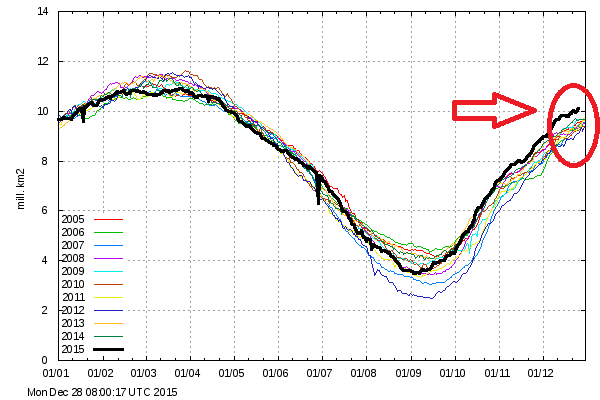
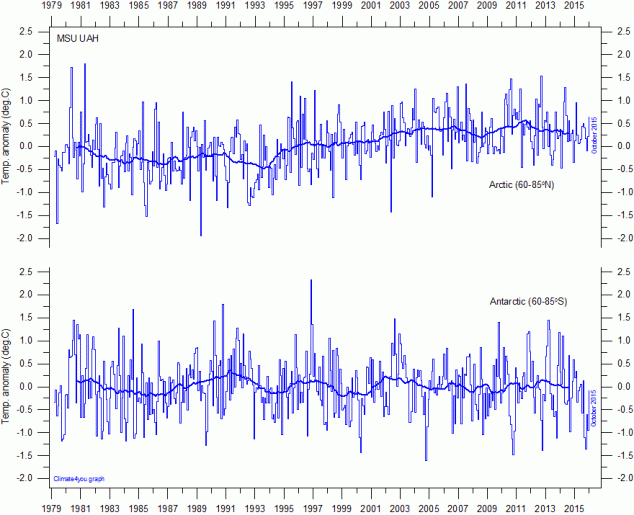
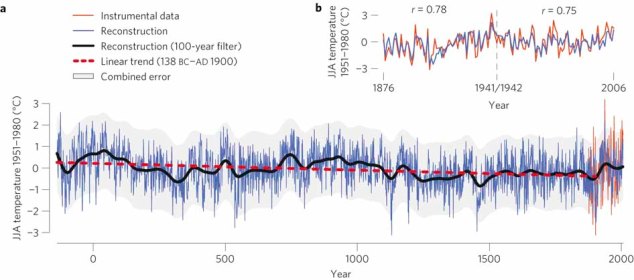
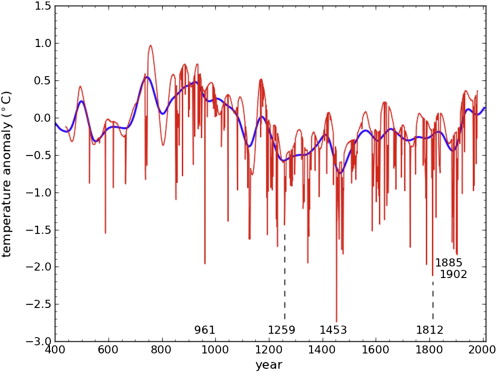
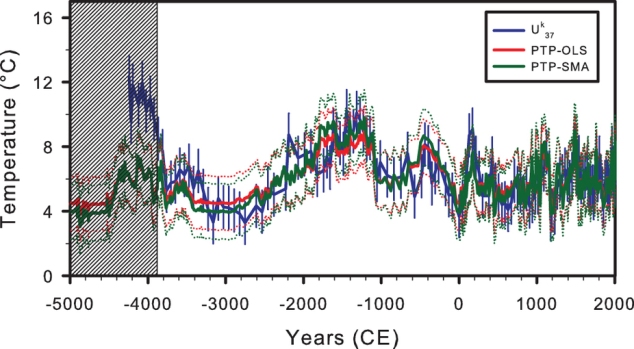
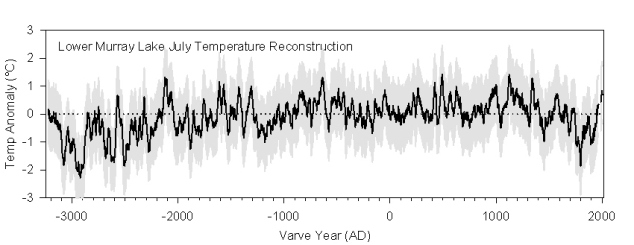
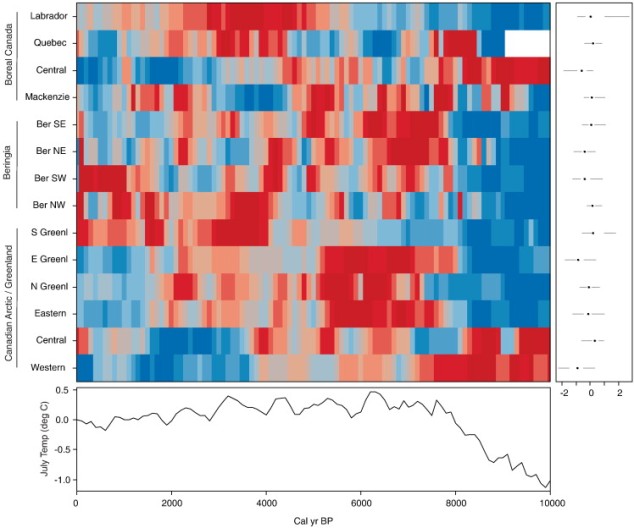
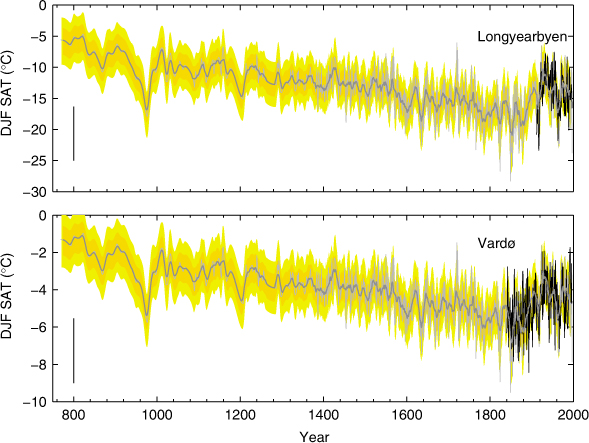
Reblogged this on Verso un Mondo Nuovo and commented:
fatti, robusti fatti…e pregiudizi
LikeLike